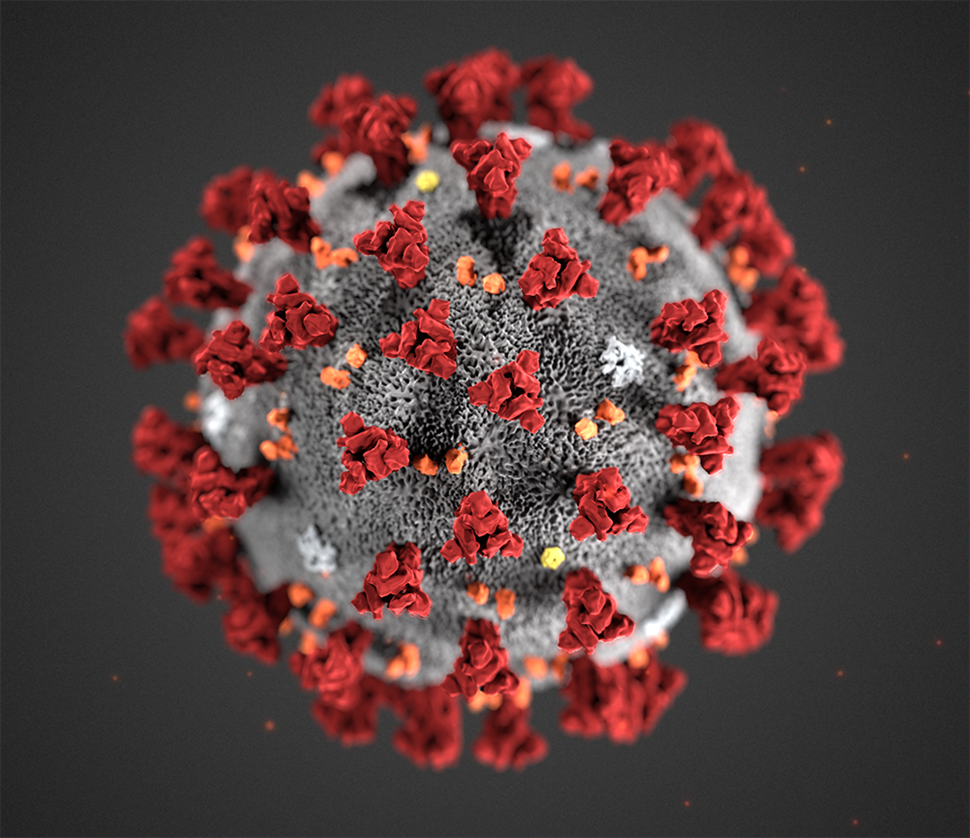COVID-19 isn’t the same as influenza. But the way we end up dealing with it long term may be.
As I’ve noted previously, the Rt number, representing the the average number of people who will become infected by a person infected at time “t”, is falling nearly everywhere in the U.S., due to our nation’s superior access to vaccines. (This is not happening in other parts of the world, though, which will allow the coronavirus to potentially continue to evolve into new variants over time.) Not all Americans are willing to get vaccinated, unfortunately, and it now appears that it’s unlikely we will reach the “herd immunity” numbers (whatever level that might be, since it’s inconsistent from one expert to another) if only vaccinated people are counted. (Since those who’ve already had COVID at least once also have some immunity – though it’s not clear yet how effective that is or how long it lasts compared to a vaccine – some calculations of “herd immunity” include those people, which brings us a lot closer to the typical 70 to 75 percent number.)
But as long as Rt continues to fall and remain low, many of our restrictions should be able to be relaxed or lifted. The risk will remain, especially for those who refuse to get vaccinated, but our social lives could return to something close to normal this summer.
The risk of not reaching “herd immunity,” though, is that there will still be a large number of people who potentially could contract COVID, and particularly an existing or yet-to-emerge variant that is more contagious and possibly more resistant to the existing vaccines. Our therapies for COVID patients have improved, so if there isn’t a huge spike down the road that overwhelms our healthcare system again, COVID could become endemic in a similar way to many viruses that haven’t been eradicated but are largely controlled thanks, in large part, to vaccines. This includes measles, chickenpox, and (in most years) influenza. An annual COVID shot seems likely.
The other similarity between COVID and flu, even now, is the reluctance of people to get a vaccine that promises to protect us from illnesses that, while often mild and annoying, can become serious or even deadly. Historically, only about half of Americans who could get a flu shot each year do so. Nobody likes getting the flu, which can last from hours to days or even weeks. Yet we don’t take the time to get even the partial protection offered by the seasonal flu vaccine. I’m guilty of this myself; for years, I never bothered to get the shot, not because I didn’t believe in the science, but because I didn’t think I really needed it. I was (relatively) young, healthy, and figured I’d just ride out a case of the flu if I got it. There’s a word for that: arrogant. And an even better one: stupid.
Are we absolutely sure that the various vaccines are safe in the long run? That there are no side-effects? Well, no. But I think it’s adorable how many people are suggesting that the vaccines aren’t safe who are still smoking, or overeating, or over-drinking… while also taking other over-the-counter drugs or eating packaged foods without knowing exactly what the ingredients are or how they were manufactured. We have a lot of faith in the production of our food and pharmaceuticals otherwise, and justifiably so. What’s so different about the COVID vaccines? They’re tied up, unfortunately yet inextricably, with our current political civil war.
Update on COVID statistics
A couple of weeks ago I wrote a post that included a lot of maps showing the infections per 100,000 persons throughout the United States. A month ago, on April 1, Michigan was glowing white as the worst state in America for COVID infections:

Here’s where we are a month later, on May 4 (maps from covidestim.org):

The Rt number in Michigan is up slightly from April 26, from 0.68 to 0.71, while the Rt number in St. Clair County has fallen to 0.46 from an adjusted 0.54 on April 26. The estimate of those who’ve already had COVID in the county is up to 45 percent, compared to our neighboring counties of Macomb (50%), Sanilac (49%), and Lapeer (38%).
